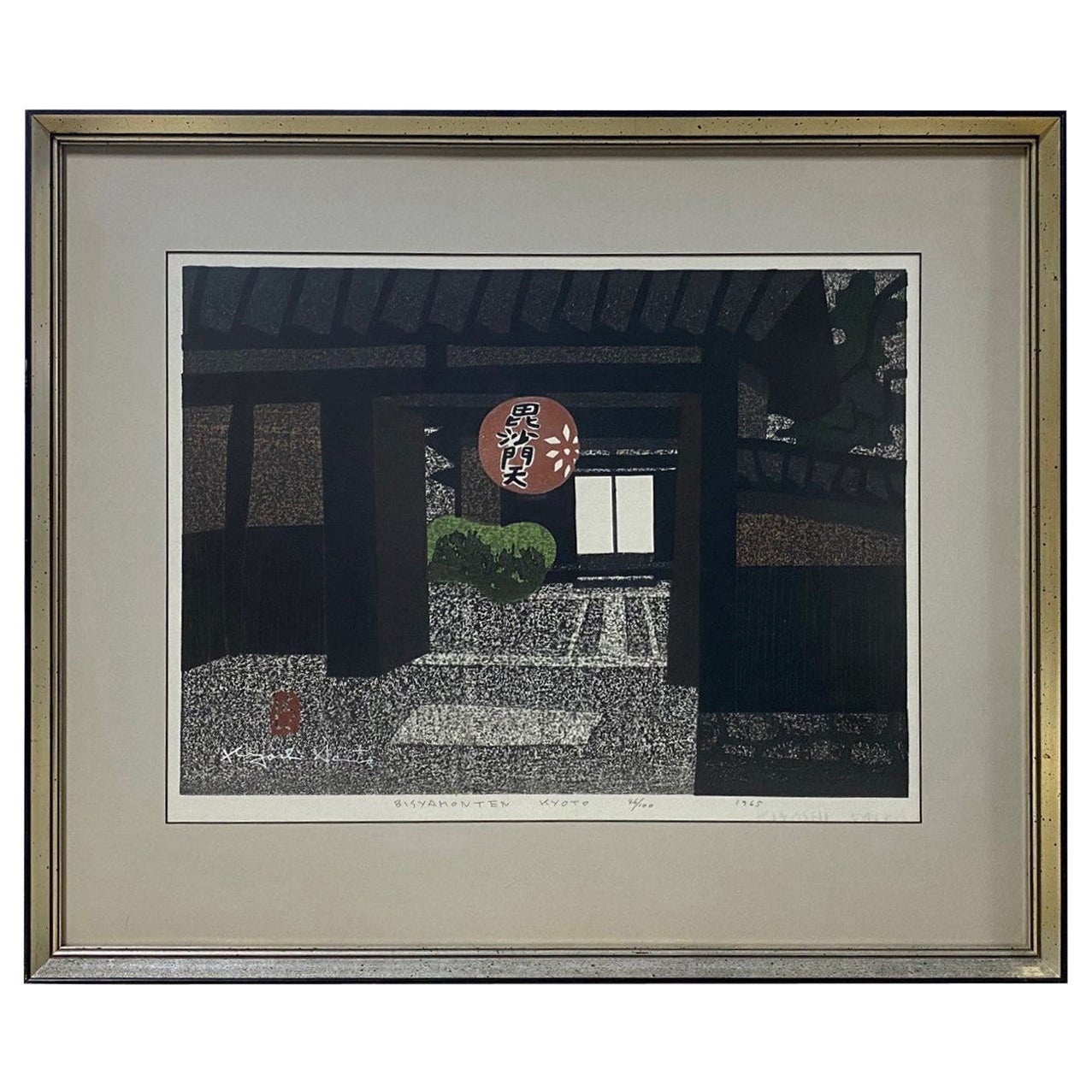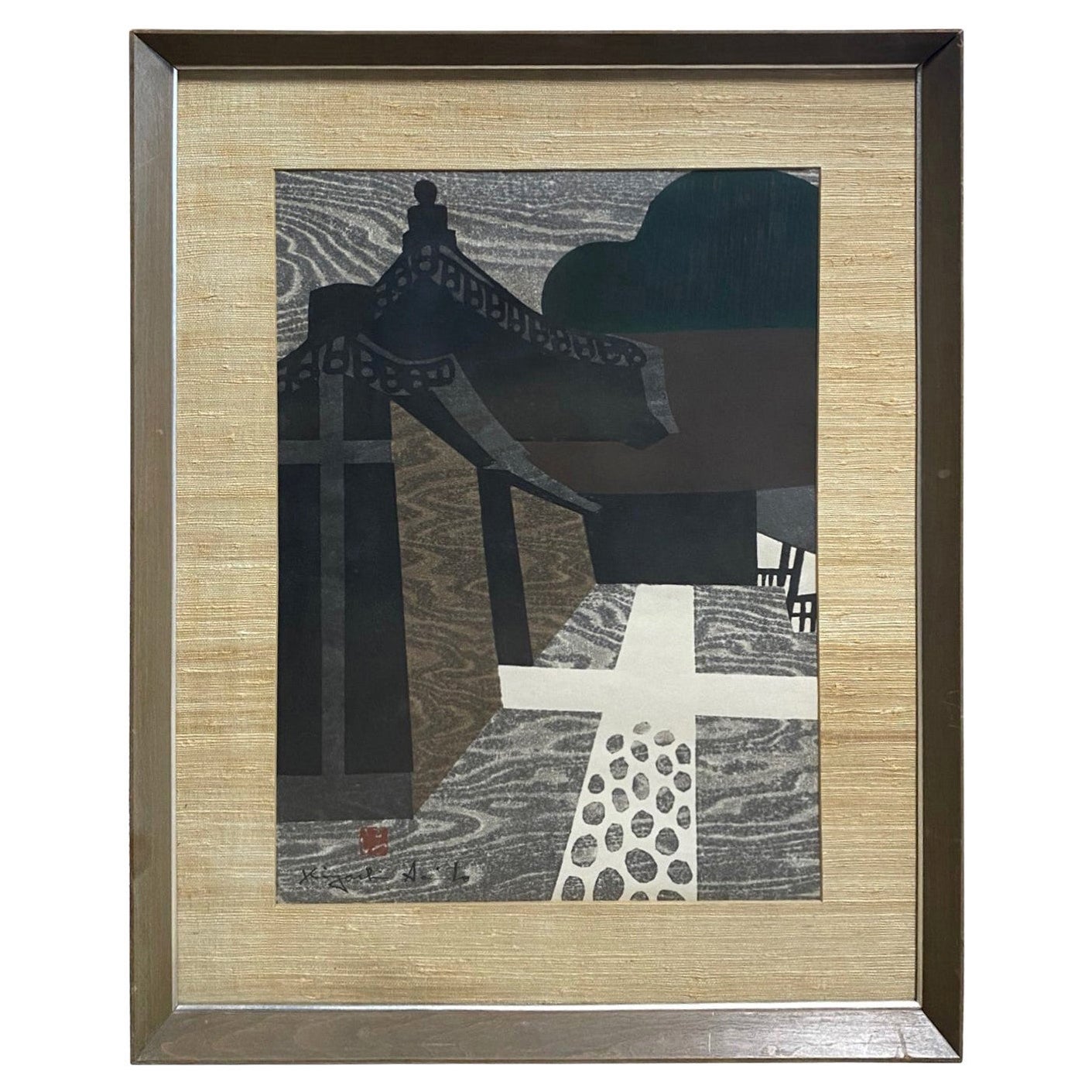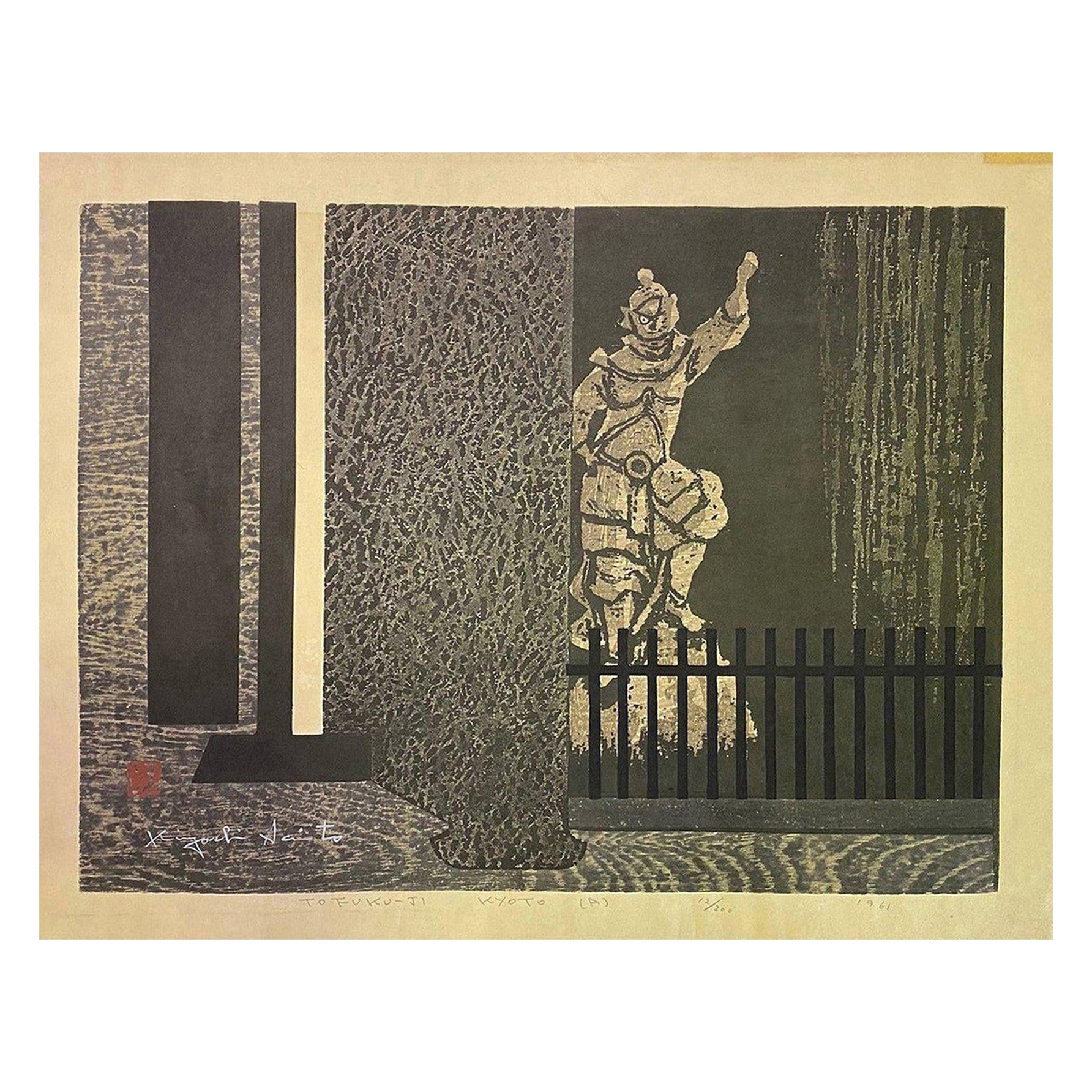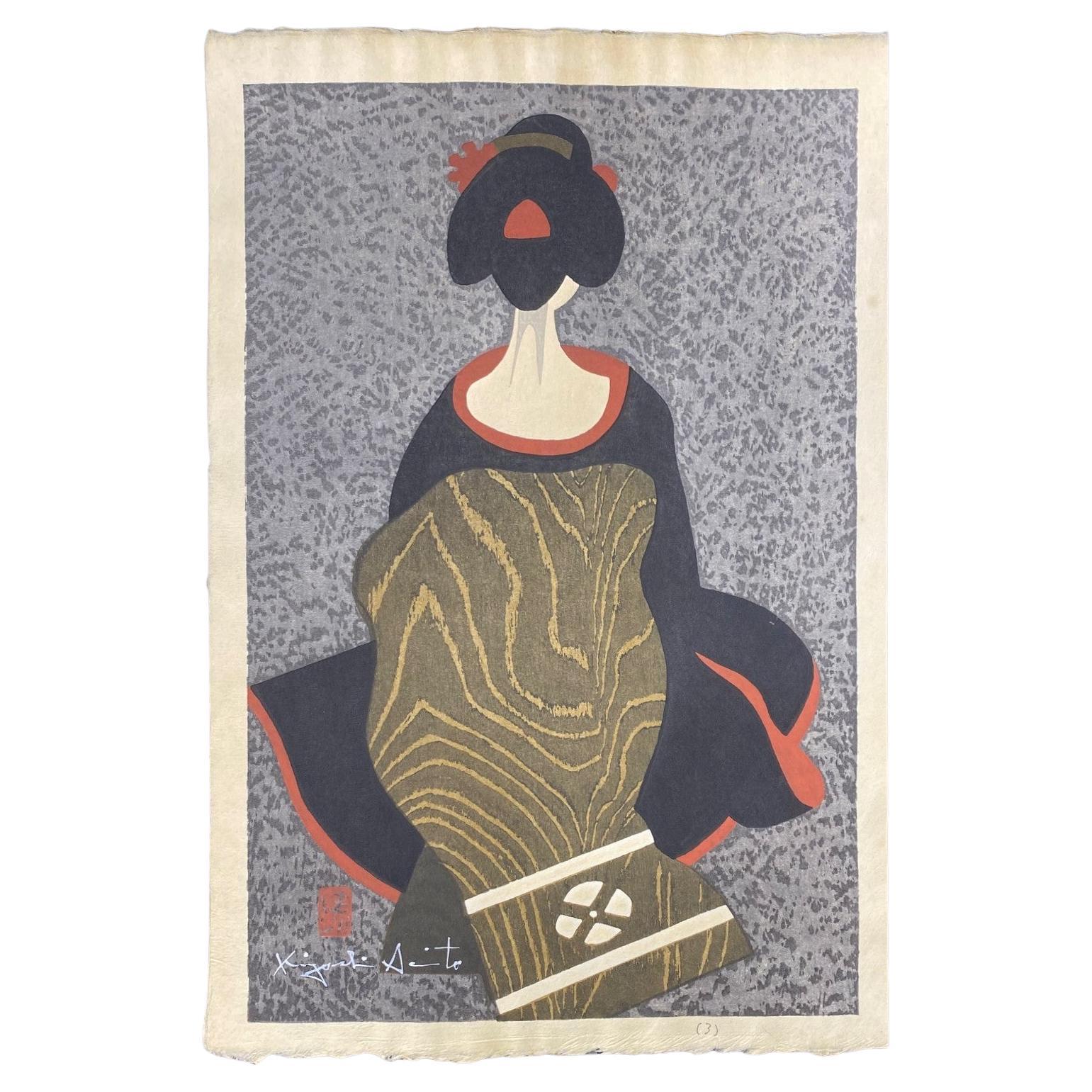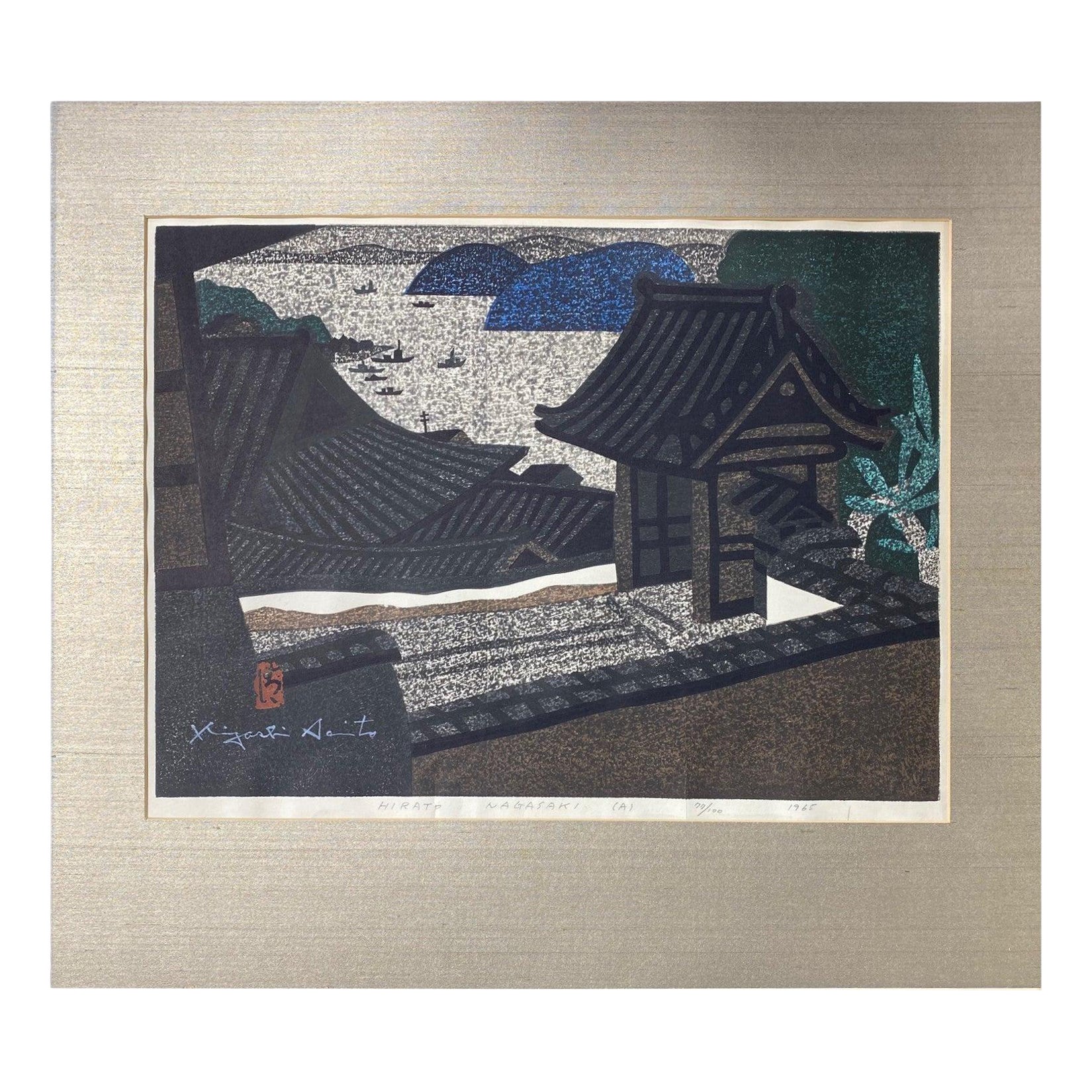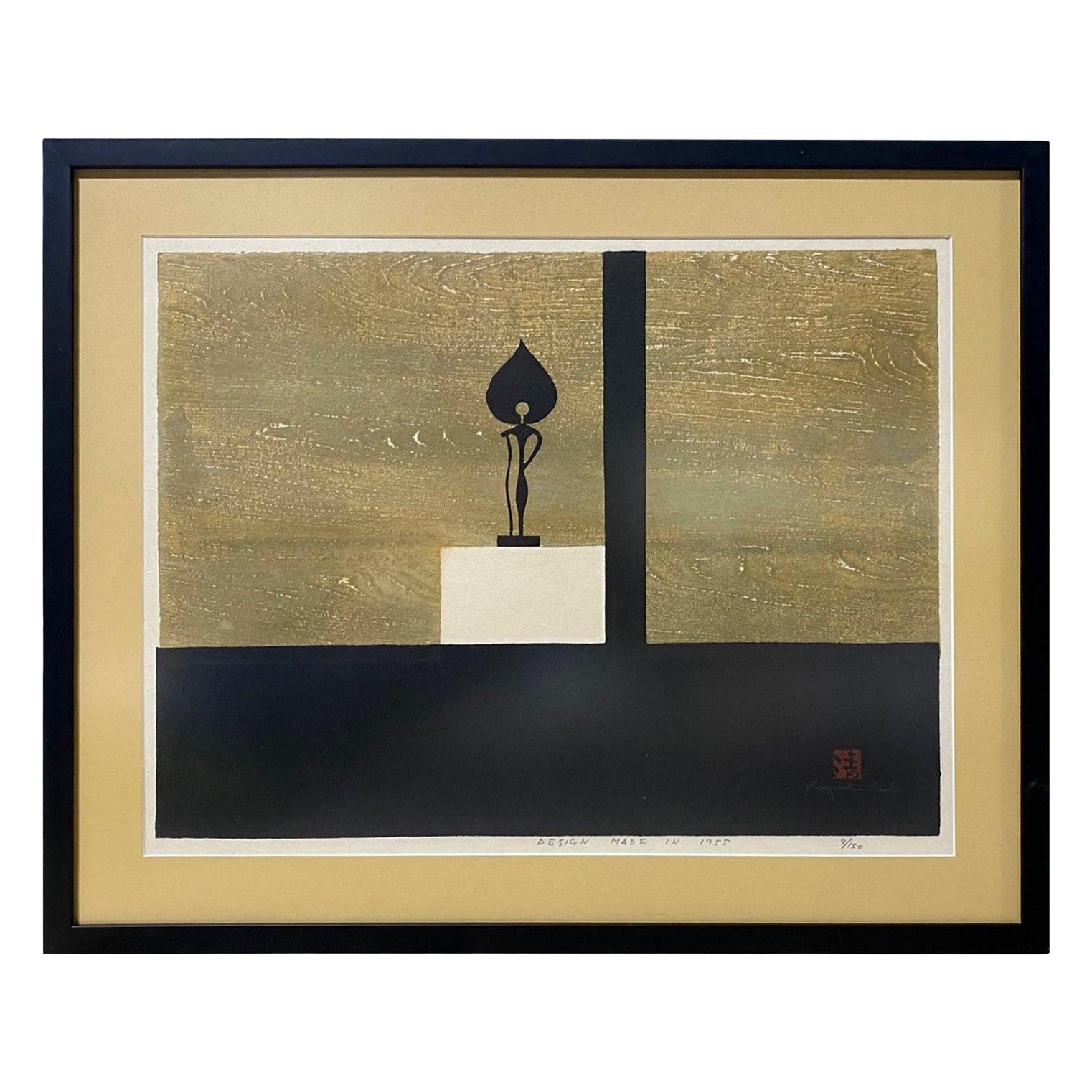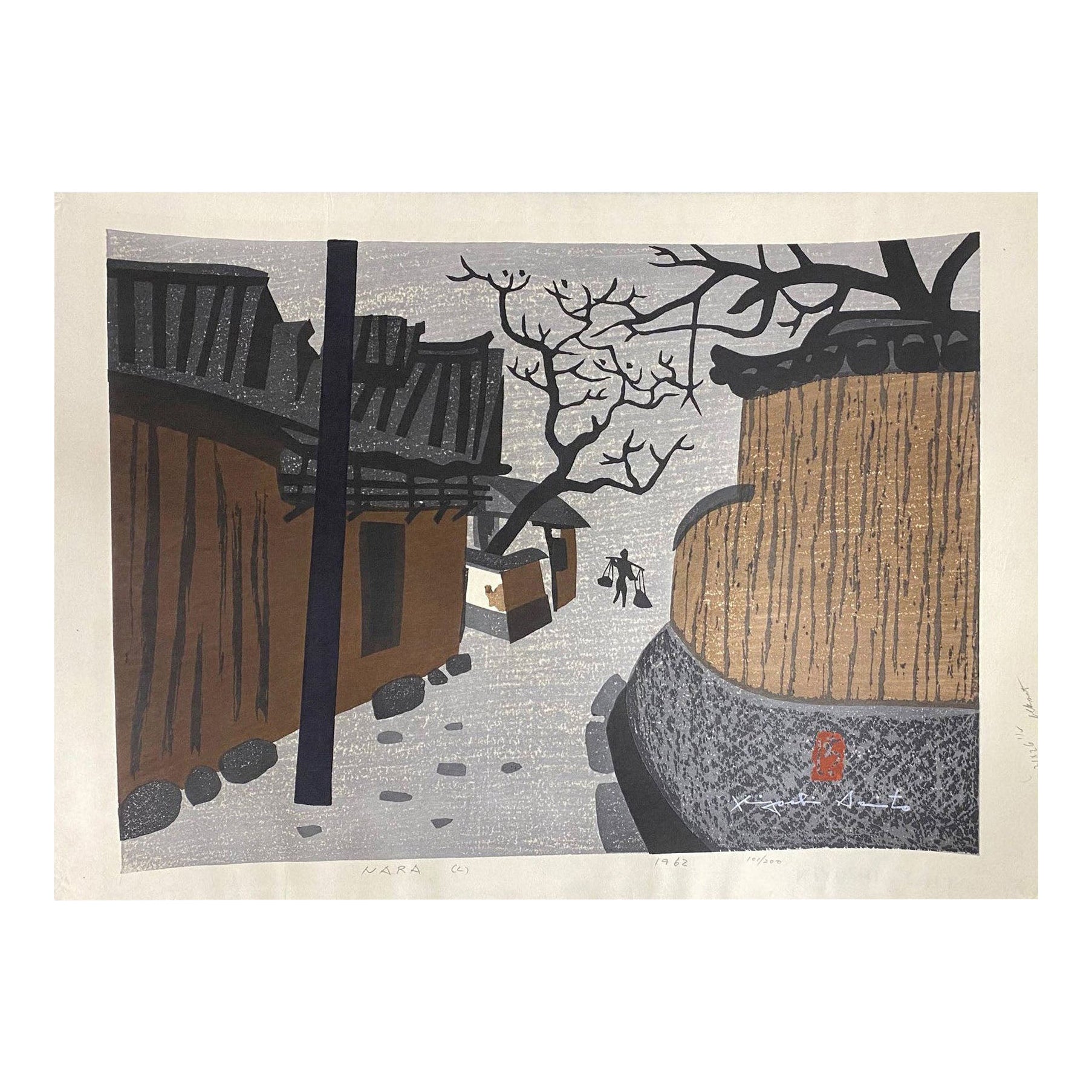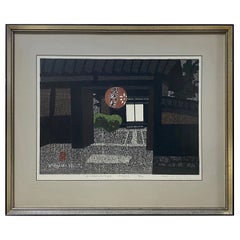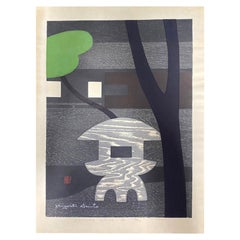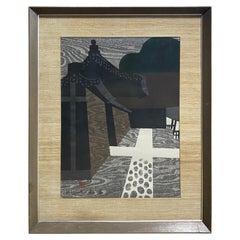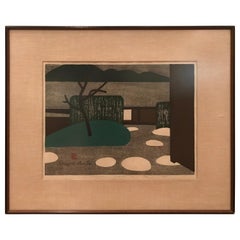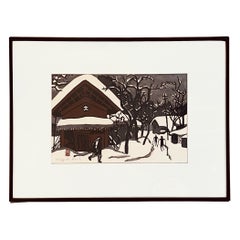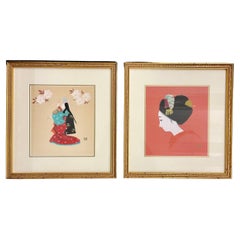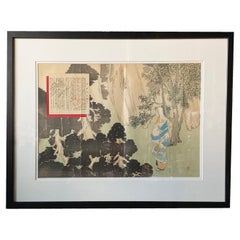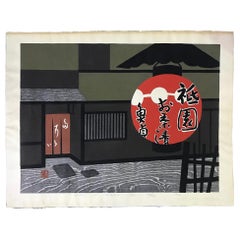
Kiyoshi Saito Limited Edition Signed Japanese Woodblock Gion in Kyoto 'F', 1961
View Similar Items
Kiyoshi Saito Limited Edition Signed Japanese Woodblock Gion in Kyoto 'F', 1961
About the Item
- Creator:Kiyoshi Saitō (Artist)
- Dimensions:Height: 17 in (43.18 cm)Width: 23.5 in (59.69 cm)Depth: 0.1 in (2.54 mm)
- Style:Showa (Of the Period)
- Materials and Techniques:
- Place of Origin:
- Period:
- Date of Manufacture:1961
- Condition:Wear consistent with age and use. The print has one very tiny mark/dot on the side margin (please see photos) that does not affect the image and would be easily matted out else in very good vintage condition. A truly stunning work overall.
- Seller Location:Studio City, CA
- Reference Number:1stDibs: LU2254318893532
Kiyoshi Saitō
Kiyoshi Saito was born in Fukushima Prefecture in 1907. At the age of five, he moved to Otaru in Hokkaido, where he would come to serve as an apprentice to a sign painter. Saito became infatuated with art after studying drawing with Gyokusen Narita and moved to Tokyo in 1932 to study Western-style painting at the Hongo Painting Institute. He began experimenting with woodblock prints and exhibiting his works with Nihon Hanga Kyōkai in 1936. Saito mainly worked in oil painting until his invitation from Tadashige Ono to join the Zokei Hanga Kyokai in 1938, at which time Saito made the woodblock print his primary medium. He worked with the Asahi Newspaper Company in 1943, where he met Kōshirō Onchi. This chance encounter led to an invitation to Ichimoku Kai and membership to Nihon Hanga Kyōkai in 1944.
Saito’s printmaking career was put on hold due to the war. During the occupation, he sold his first print in an exhibit with fellow artists Un’ichi Hiratsuka and Hide Kawanishi. In 1948, Saito exhibited at the Salon Printemps, an event sponsored by Americans for Japanese Artists. At the Sao Paulo Biennale of 1951, Saito won first place for his print Steady Gaze. In competition with Japanese oil painting and sculpture, this was a turning point for Japanese printmakers: For the first time in Japanese history, prints overtook painting. This achievement roused the Japanese art establishment. In 1956, Saito was sponsored by the state department and the Asia Foundation to travel and exhibit around the United States and Europe. As a sōsaku-hangaartist, Saito’s prints are self-drawn, self-carved and self-printed. His early works are distinguished by an attention to realism and three-dimensionality. As his style evolved, his prints became flattened and two-dimensional, featuring strong and refined designs with color and texture. Kiyoshi Saito passed away in 1997.
More From This Seller
View AllVintage 1960s Japanese Showa Prints
Paper
Vintage 1960s Japanese Showa Prints
Paper
Vintage 1960s Japanese Showa Prints
Paper
Vintage 1960s Japanese Showa Prints
Paper
Vintage 1960s Japanese Showa Prints
Paper
Vintage 1960s Japanese Showa Prints
Paper
You May Also Like
Vintage 1950s Japanese Prints
Paper
Vintage 1960s Japanese Mid-Century Modern Prints
Metal
Antique 1890s Prints
Paper
Antique 19th Century Japanese Prints
Glass, Paint, Paper
Antique 1880s Japanese Japonisme Prints
Papercord, Wood
Antique Late 19th Century Japanese Meiji Prints
Paper
